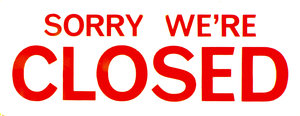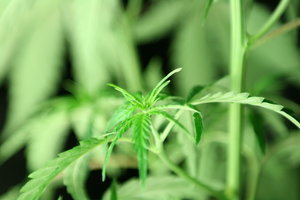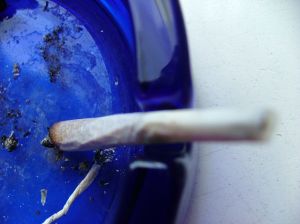Federal Government Declares Medical Marijuana in Los Angeles Has No Medical Use
Earlier this month the federal government ruled that medical marijuana in Los Angeles and elsewhere has absolutely no accepted use as a medicinal treatment and needs to remain classified as a highly dangerous drug like heroin and ecstasy. They’re pretty much saying that patients in California and a number of other states, including the nation’s capitol, are delusional.

Apparently this was no easy decision for the federal government either, or at least that’s how they made it look. The release of this information comes nine years after medical marijuana supporters requested that the government look into reclassifying cannabis and to take into account a growing body of worldwide research that clearly illustrates its effectiveness in treating a number of diseases, including glaucoma and multiple sclerosis.
Our Orange County medical marijuana attorneys doubt that the 55,193 medical marijuana cards that have been issued since 2004 have gone to patients that are “faking” their symptoms. As of January 2009, more than 200,000 California patients turned to medical marijuana to treat their conditions and are now medical marijuana card holders. This means less than 6 percent of the entire state’s population seeks this treatment.
“It is clearly motivated by a political decision that is anti-marijuana,” said Joe Elford, the chief counsel for Americans for Safe Access and the lead attorney on the lawsuit.. He noted that studies demonstrate pot has beneficial effects, including appetite stimulation for that are currently people undergoing chemotherapy. “One of the things people say about marijuana is that it gives you the munchies and the truth is that it does, and for some people that’s a very positive thing.”
The decision to deny the initial request was made by the U.S. Drug Enforcement Administration. This decision comes just two months after advocates requested the U.S. Court of Appeals to force the administration to respond to their petition.
Those who support tmedical use of the drug have criticized the ruling but were ecstatic that the Obama administration finally acted. Now that the decision has been made, advocates are now able to appeal the decision to the federal courts.
“We have foiled the government’s strategy of delay, and we can now go head-to-head on the merits,” said Elford.
DEA Administrator Michele M. Leonhart wrote a letter back in June to the organizations that filed the petition and stated that the request was rejected because marijuana “has a high potential for abuse,” “has no currently accepted medical use in treatment in the United States” and “lacks accepted safety for use under medical supervision.”
This is the third time a petition to reclassify marijuana have been rejected. The first petition was filed in 1972. It wasn’t denied until 17 years later. The second petition was filed in back in 1995 and was denied six years later. Both of the decisions were appealed, but the courts sided with the federal government.
“The regulatory process is just a time-consuming one that usually takes years to go through,” said Barbara Carreno, a spokeswoman for the Drug Enforcement Administration.
The DEA looked at their researcher’s evidence before making their decision. The federal government’s position on the study discourages scientists from pursuing research needed to test the drug’s medical effectiveness, reports Dr. Igor Grant, a neuropsychiatrist who is the director of the Center for Medicinal Cannabis Research at UC San Diego. On the other hand, state-supported clinical trials continue to conclude that marijuana in fact helps with neuropathic pain and muscle spasticity.
“We’re trapped in kind of a vicious cycle here,” says Grant. “It’s always a danger if the government acts on certain kinds of persuasions or beliefs rather than evidence.”
Public opinion has also taken a stance behind medical marijuana. Americans overwhelmingly support it in a number of national polls. When the petition was initially filed, only eight states had approved medical marijuana. Currently, there are 16 states and the District of Columbia that have decided to give the okay to the medical treatment.
Medical marijuana was classified as a Schedule I drug when Congress passed the Controlled Substances Act in 1970. Schedule I is the most serious and the most restrictive of the five categories.
“At this time the known risks of marijuana use have not been shown to be outweighed by specific benefits in well-controlled clinical trials that scientifically evaluate safety and efficacy,” said Leonhart in her letter.
Continue reading
 Cannabis Law Group's Medical Marijuana Legal Blog
Cannabis Law Group's Medical Marijuana Legal Blog












